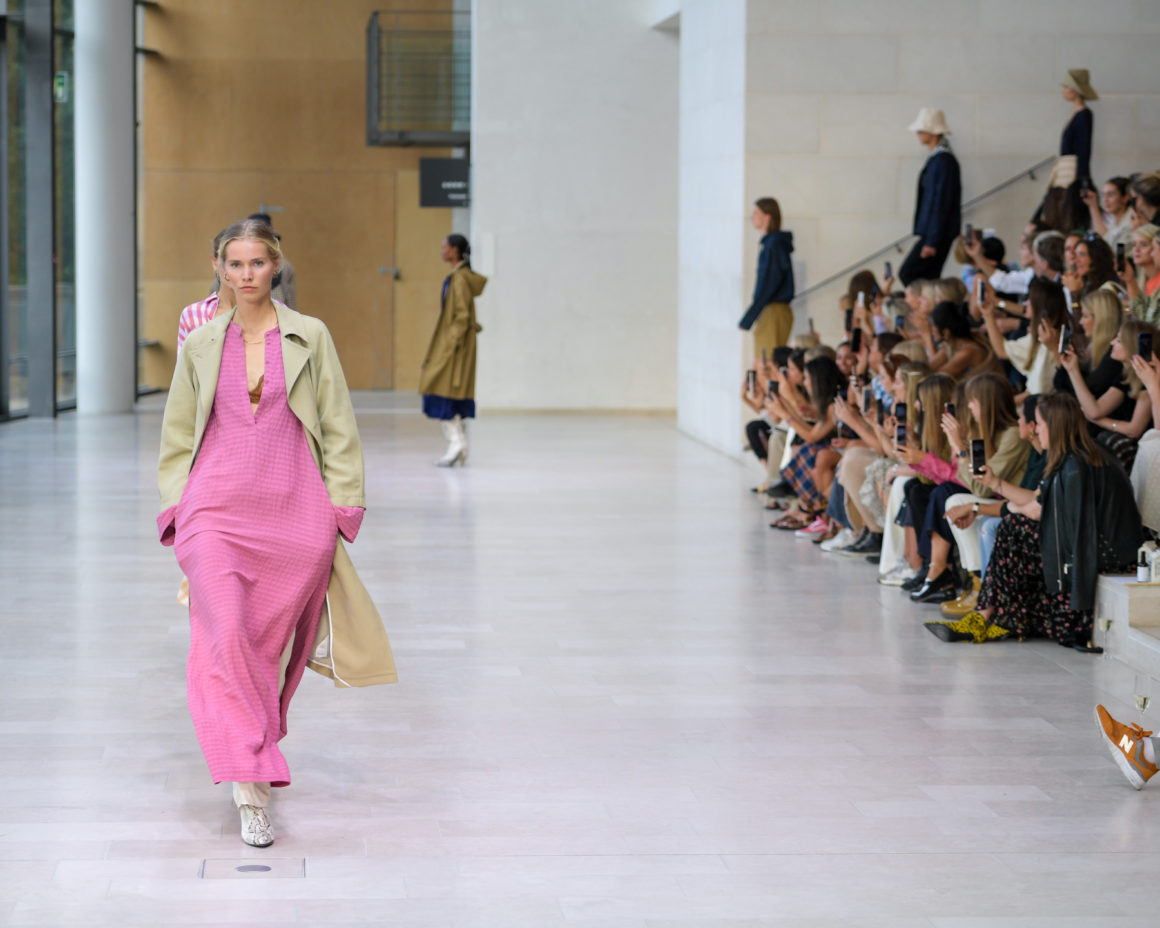
By Serina Tatham
Life is fast-paced, so it comes as no surprise that fashion has the same flow. Rarely do we ever stop to think about what goes on behind the scenes, so let KeiSei be your guide and open your eyes to the truth behind your clothes.
Plastic
Let’s talk about plastic. The washing process strips our clothes of thousands of microfibres, which are then sent into the oceans. Polyester is the worst culprit and, with 60% of clothing containing this material, this is particularly worrying. If you’d like to find out more, Friends of the Earth have some great information.
Why are they bad? As well as remaining in the oceans and on beaches for hundreds of years, they get swallowed up by marine life and eventually end up on our plates.
There is something you can do, though. Researches have shown that higher quality clothes are stronger and the fibres are spun tighter together, meaning they release less microfibres than lower quality clothing.
As well as choosing better-quality items, you can also limit the amount of microfibres you release through your choice of wash cycle. Delicate wash cycles release hundreds of thousands more plastic microfibres than standard wash cycles. This is because the more water used, the more clothes get bashed around, consequently producing more microfibres.
Water
Fashion is a seriously thirsty industry. Did you know that one t-shirt uses 2,700 litres of water? That’s the equivalent of three years’ worth of drinking water.
The water consumed to grow India’s cotton exports in 2013 would have been enough to supply 85% of the country’s 1.24 billion people with 100 litres of water every day for a year. Meanwhile, more than 100 million people in India didn’t have access to safe water
Ethical Consumer
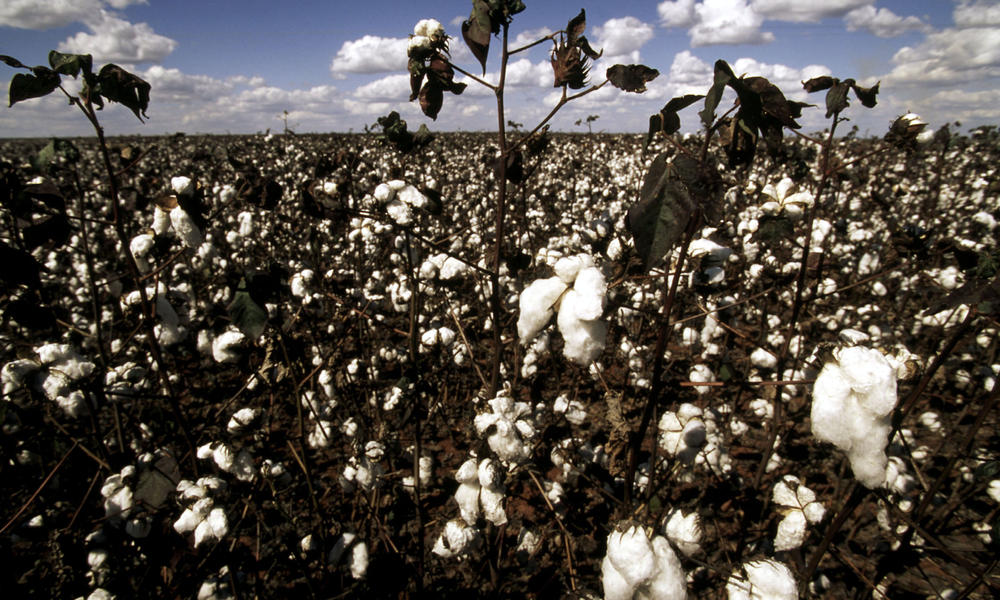
Shockingly, the fashion industry is the second biggest polluter – second only to the oil industry. Far from content with drinking up most of the water, anything left is still contaminated, with 17-20% of all water pollution being a result of dyeing garments.
People
Whilst modern societies are realising that there are in fact people behind your clothes, this previous lack of awareness was sadly the result of a devastating event – the collapse of Rana Plaza in Bangladesh. You can read more about it here.
Fast-fashion is one of the biggest drivers of poverty, with no forced living wage meaning that employers can maximise their profits by paying their workers the absolute minimum. As well as this, slavery and abuse is rife, with even children being roped in and working excruciatingly long hours.
The good news is that there are Fairtrade enterprises and other companies pushing boundaries and encouraging transparency. By highlighting the problems, they make brands aware that the current practises are not okay and inspire up-and-coming talent to include sustainability at the core of their manifestos.
Changes
With more people coming together and calling for transparency, brands are being forced to change their outdated and harmful methods to move in line with consumer demands. Companies such as Uniqlo are adopting a holistic approach to sustainability, focusing not just on using better materials but also on the supply chain and how their employees are treated across the globe.
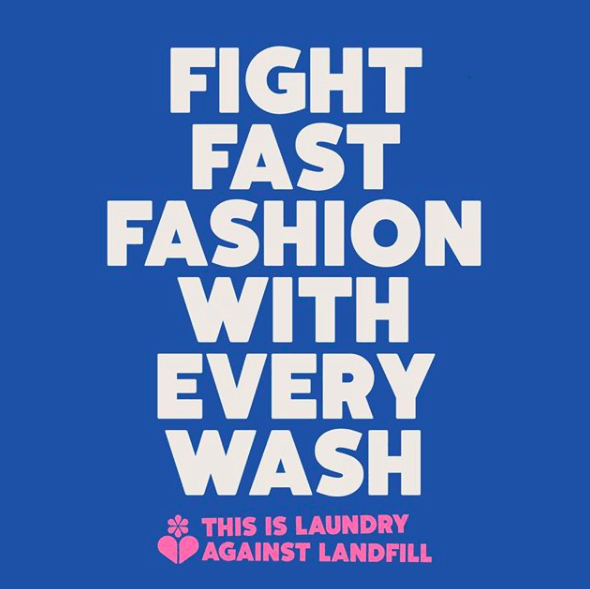
Check out Ecover’s campaign Laundry Against Landfill for some tips and tricks on how to treat your clothing with more kindness.
Ways to help
Shocked by your new-found knowledge? Feeling inspired to use self-isolation as an excuse to purge your wardrobe? Here’s how you can help:
- Don’t throw away your clothes unnecessarily. Use stain remover instead of giving up on an item, or get crafty and sew up any holes. The Guardian has some great articles on how to mend clothing here
- If you absolutely need to buy something new, think about what it is you’re purchasing: don’t be tempted by fast-fashion, instead focusing on the quality of the fabric and your choice of material. We’ve done the hard work for you, so read our handy guides to cotton and leather, and what the future of fabric has in store.
- Clothes swaps are also a great alternative. Host one with friends or search for larger ones on Eventbrite. Or, why not rent? Check out some of our favourite fashion rental websites here.
- Start curating a sustainable wardrobe: de-clutter what you’ve already got, then read our guide on the best sustainable staples to start with here
- Get active! Join the Fashion Revolution and start asking #whomademyclothes?
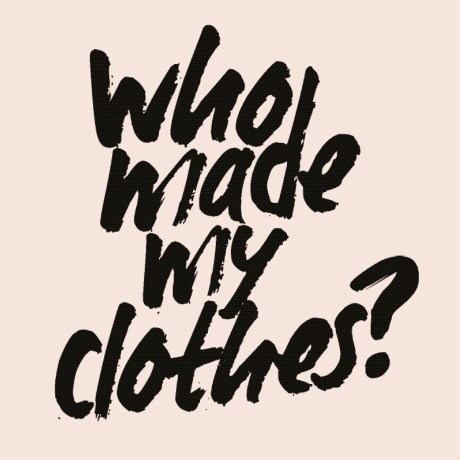
Without consumers taking an active role in its direction, the fashion industry has no incentive to change. Our lives are constantly at full-speed, so we need to use our wardrobes to help us slow down and make brands do the same.

Serina Tatham
Having been an avid writer from a young age, being at KeiSei has given her the opportunity to pursue this love and combine it with her passion for ethical living, all while completing her bachelors at the University of Amsterdam.









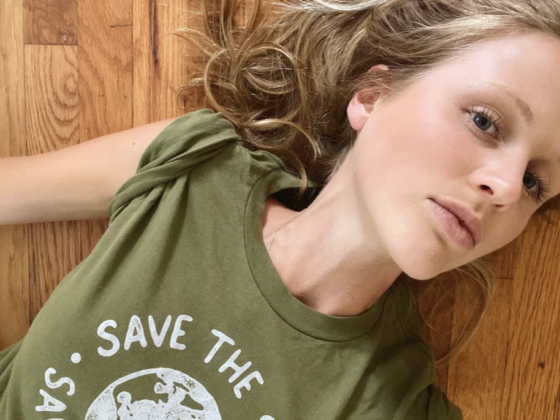
1 comment